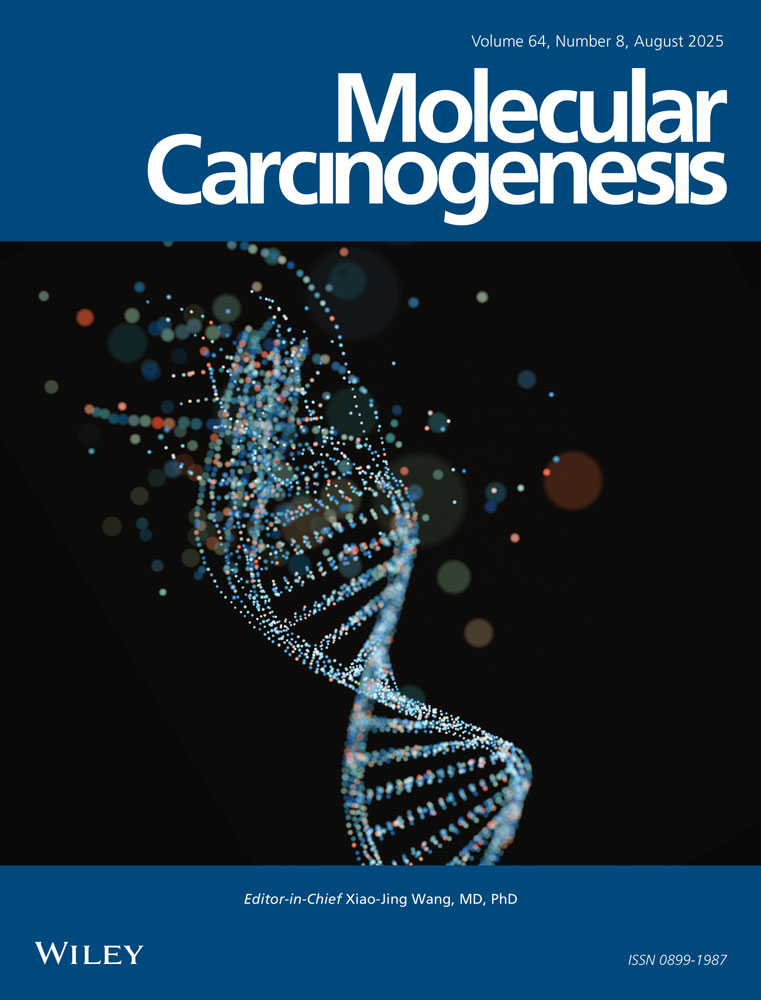Somatic cell hybrids for high-density mapping of chromosome 2 breakpoints in radiation-induced myeloid leukemia cell lines from inbred mice†
Copyright © British Crown copyright 2000/DERA—published with the permission of the Controller of Her Mejesty's Stationery Office.
Abstract
Chromosome 2 (chr 2) deletions are recurrent abnormalities in acute myeloid leukemia (AML) induced by ionizing radiation in the mouse. The localization of deletion sites has proven extremely useful in providing information on the molecular mechanisms of leukemogenesis. The models available for the study of AML are mostly represented by inbred mouse strains, in which the molecular resolution of breakpoints is problematic. In this study, we have examined five leukemic cell lines exhibiting hemizygous chr 2 loss, derived from CBA, C3H, or (C57BL×CBA/H) F1 mice in which AML had been induced by a whole-body dose of radiation. By application of a somatic cell hybridization technique, we have generated interspecific cell hybrids retaining the deleted murine chr 2 homologue. This strategy permitted a very detailed genetic analysis allowing the utilization of any genetic marker on chr 2 without a requirement for polymorphism. Somatic cell hybrid clones were subjected to a high-density polymerase chain reaction–based microsatellite screening using 62–106 informative markers for each cell line. Detailed maps accurately defining chr 2 breakpoints were obtained. The identification of critical breakpoint markers allowed the construction of partial yeast artificial chromosome contigs across chr 2 breakpoints. These maps represent an essential resource for cloning of the breakpoint regions. Mol. Carcinog. 27:219–228, 2000. Published 2000 Wiley-Liss, Inc.




